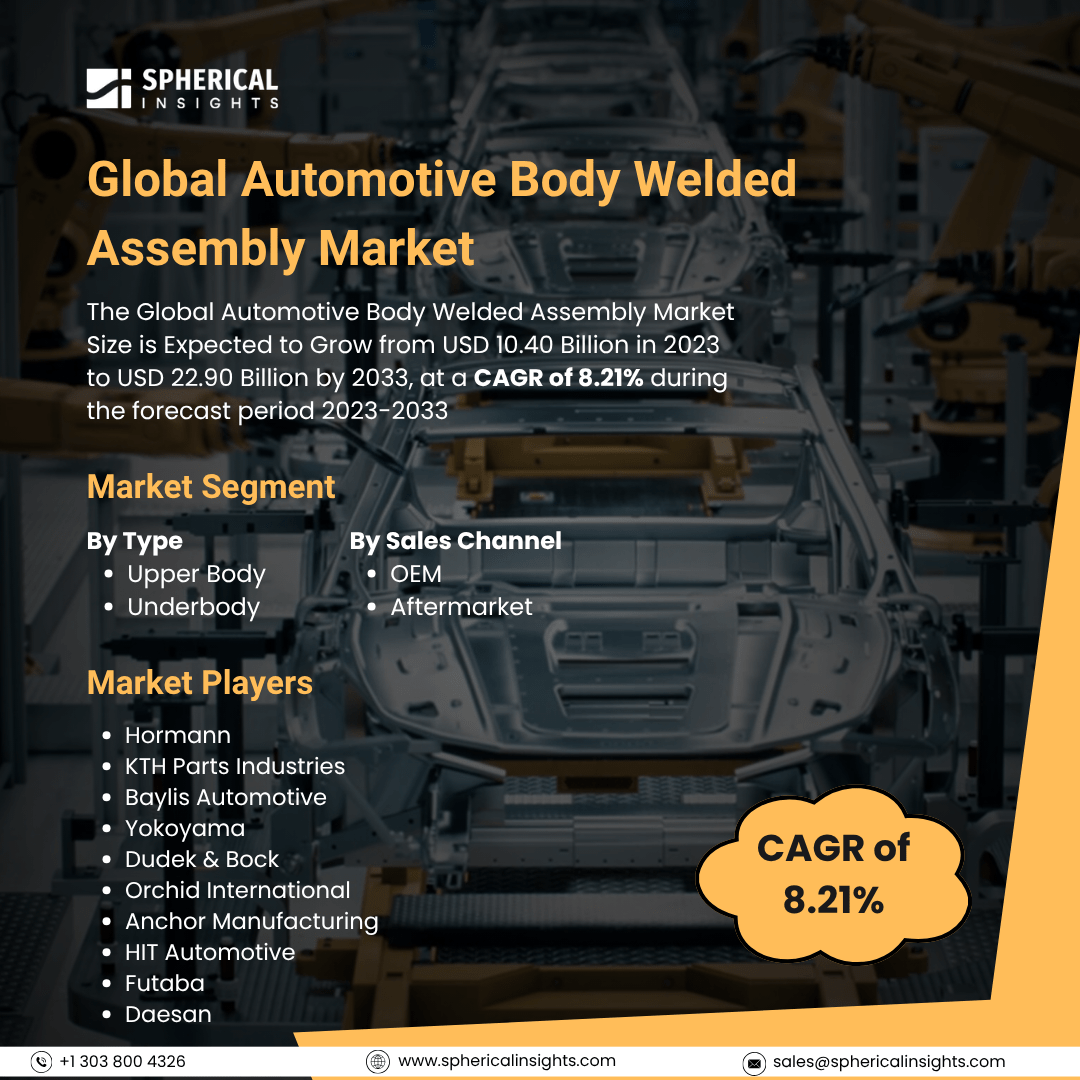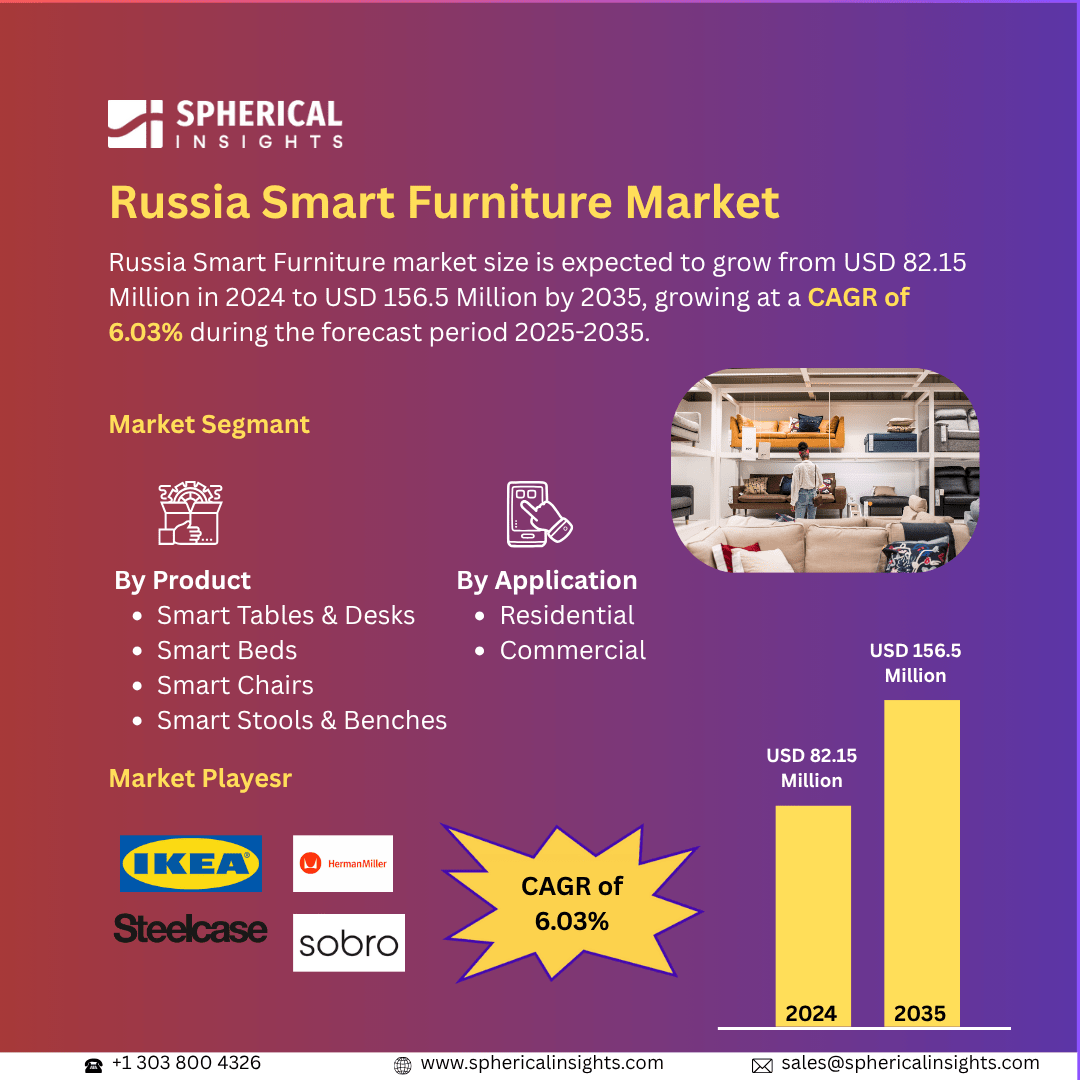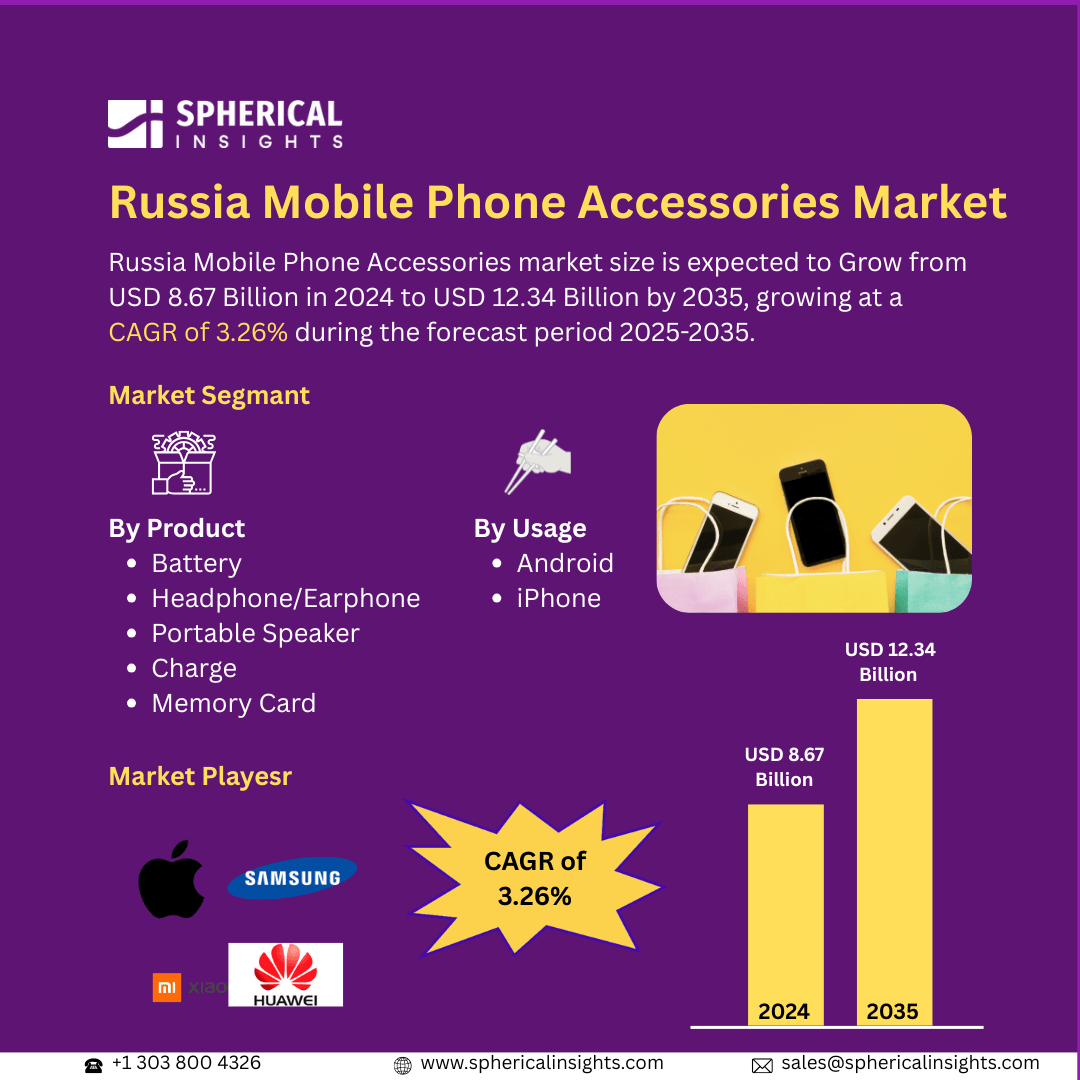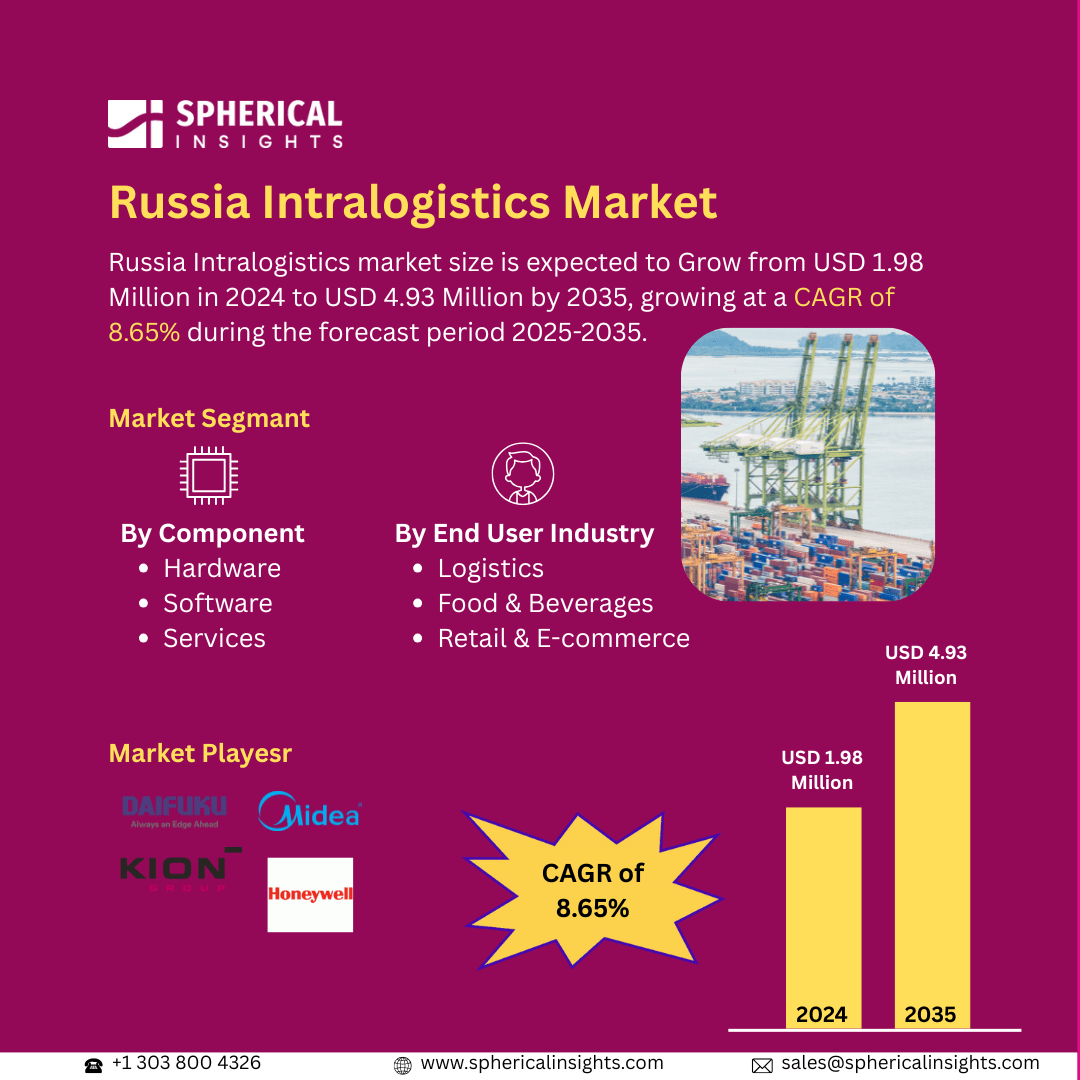Global Automotive Body Welded Assembly Market Size To Exceed USD 22.90 Billion By 2033
According to a research report published by Spherical Insights & Consulting, The Global Automotive Body Welded Assembly Market Size is Expected to Grow from USD 10.40 Billion in 2023 to USD 22.90 Billion by 2033, at a CAGR of 8.21% during the forecast period 2023-2033.
Browse 210 market data Tables and 45 Figures spread through 190 Pages and in-depth TOC on the Global Automotive Body Welded Assembly Market Size, Share, and COVID-19 Impact Analysis, By Type (Upper Body and Underbody), By Sales Channel (OEM and Aftermarket), and By Region (North America, Europe, Asia-Pacific, Latin America, Middle East, and Africa), Analysis and Forecast 2023 – 2033
The Global Automotive Body Welded Assembly Market refers to the industry focused on the manufacturing and integration of welded components that form a vehicle’s structural framework. These assemblies include parts like side panels, floor panels, roof structures, and door frames, which are joined using welding technologies such as spot welding, arc welding, and laser welding. This market plays a critical role in ensuring vehicle strength, durability, crashworthiness, and overall structural integrity. Growth in this market is driven by rising automotive production, increased adoption of lightweight materials, and advancements in automated welding technologies. Furthermore, the global automotive body welded assembly market is driven by rising vehicle production, increasing demand for lightweight and high-strength vehicle structures, and advancements in welding technologies. The growing adoption of electric vehicles and stringent safety regulations are also boosting demand for durable welded assemblies. Additionally, automation in manufacturing and the expansion of automotive OEMs globally contribute significantly to market growth. However, the high manufacturing costs, complexity in the assembly process, and reliance on advanced technology for precision welding are major restraining factors in the global automotive body welded assembly market, limiting widespread adoption.
The upper body segment accounted for the largest share in 2023 and is anticipated to grow at a significant CAGR during the forecast period.
On the basis of the type, the global automotive body welded assembly market is segmented into upper body and underbody. Among these, the upper body segment accounted for the largest share in 2023 and is anticipated to grow at a significant CAGR during the forecast period. The segmental growth is attributed to its critical role in vehicle structural integrity, safety, and design. Increased demand for lightweight materials, coupled with advancements in manufacturing processes for improved strength and fuel efficiency, is expected to drive significant CAGR growth in this segment during the forecast period.
The OEM segment accounted for the largest share in 2023 and is anticipated to grow at a remarkable CAGR during the forecast period.
On the basis of the sales channel, the global automotive body welded assembly market is divided into OEM and aftermarket. Among these, the OEM segment accounted for the largest share in 2023 and is anticipated to grow at a remarkable CAGR during the forecast period. The segmental growth is attributed to strong demand for high-quality, integrated welded body assemblies directly from vehicle manufacturers. OEMs provide precision, reliability, and scalability, aligning with increasing vehicle production and evolving safety standards. Continued advancements in automation and lightweight materials are expected to drive remarkable CAGR growth in this segment.
North America is projected to hold the largest share of the global automotive body welded assembly market over the forecast period.
North America is projected to hold the largest share of the global automotive body welded assembly market over the forecast period. The regional growth is ascribed to its established automotive industry, strong presence of leading OEMs, and continuous advancements in manufacturing technologies. The region's demand for high-quality, durable vehicles, combined with increasing automation and innovation in assembly processes, is expected to sustain its dominance over the forecast period.
Asia Pacific is expected to grow at the fastest CAGR growth of the global automotive body welded assembly market during the forecast period. The regional growth is attributed to rapid industrialization, expanding automotive manufacturing hubs, and increasing demand for affordable and efficient vehicles. The region's large consumer base, coupled with advancements in automation and cost-effective production techniques, is driving significant growth in this market during the forecast period.
Company Profiling
Major vendors in the global automotive body welded assembly market are Hormann, KTH Parts Industries, Baylis Automotive, Yokoyama, Dudek & Bock, Orchid International, Anchor Manufacturing, HIT Automotive., Futaba, Daesan, and others.
Key Target Audience
- Market Players
- Investors
- End-users
- Government Authorities
- Consulting and Research Firm
- Venture capitalists
- Value-Added Resellers (VARs)
Market Segment
This study forecasts revenue at global, regional, and country levels from 2023 to 2033. Spherical Insights has segmented the global automotive body welded assembly market based on the below-mentioned segments:
Global Automotive Body Welded Assembly Market, By Type
Global Automotive Body Welded Assembly Market, By Sales Channel
Global Automotive Body Welded Assembly Market, By Regional
- North America
- Europe
- Germany
- UK
- France
- Italy
- Spain
- Russia
- Rest of Europe
- Asia Pacific
- China
- Japan
- India
- South Korea
- Australia
- Rest of Asia Pacific
- South America
- Brazil
- Argentina
- Rest of South America
- Middle East & Africa
- UAE
- Saudi Arabia
- Qatar
- South Africa
- Rest of the Middle East & Africa



